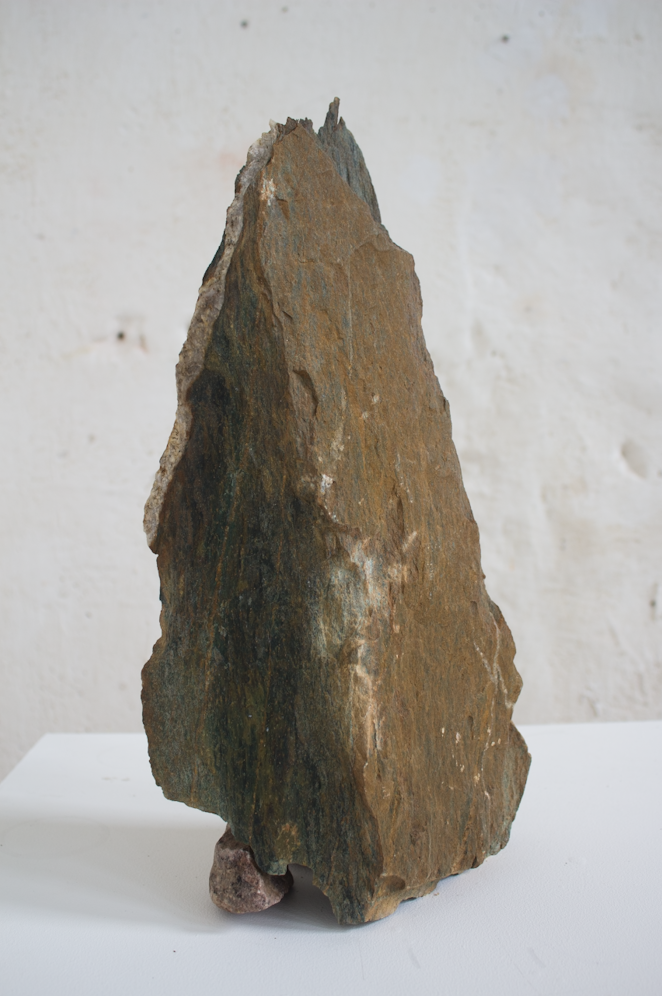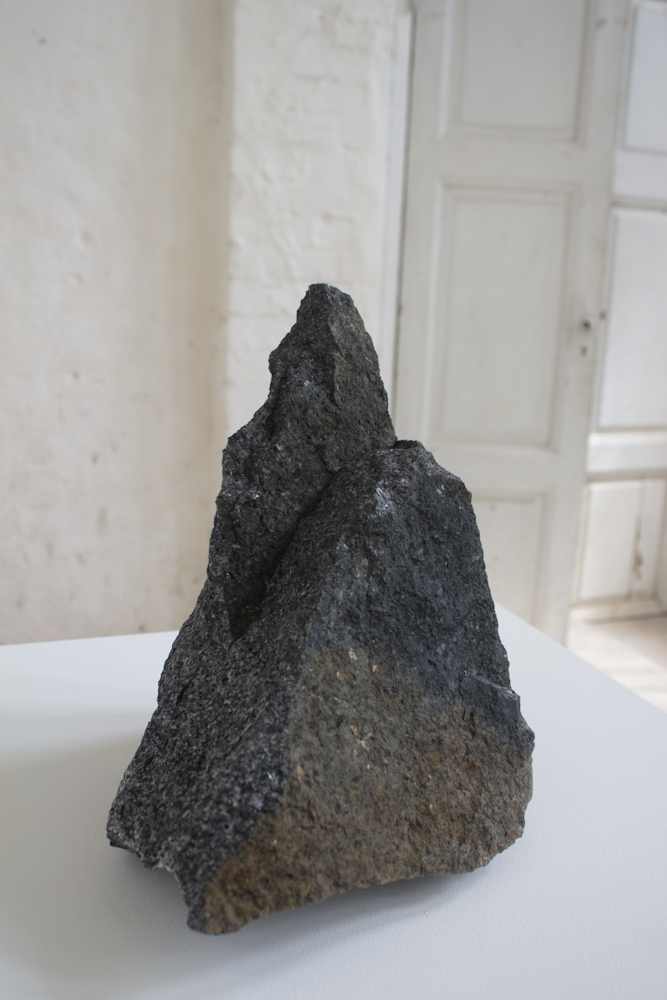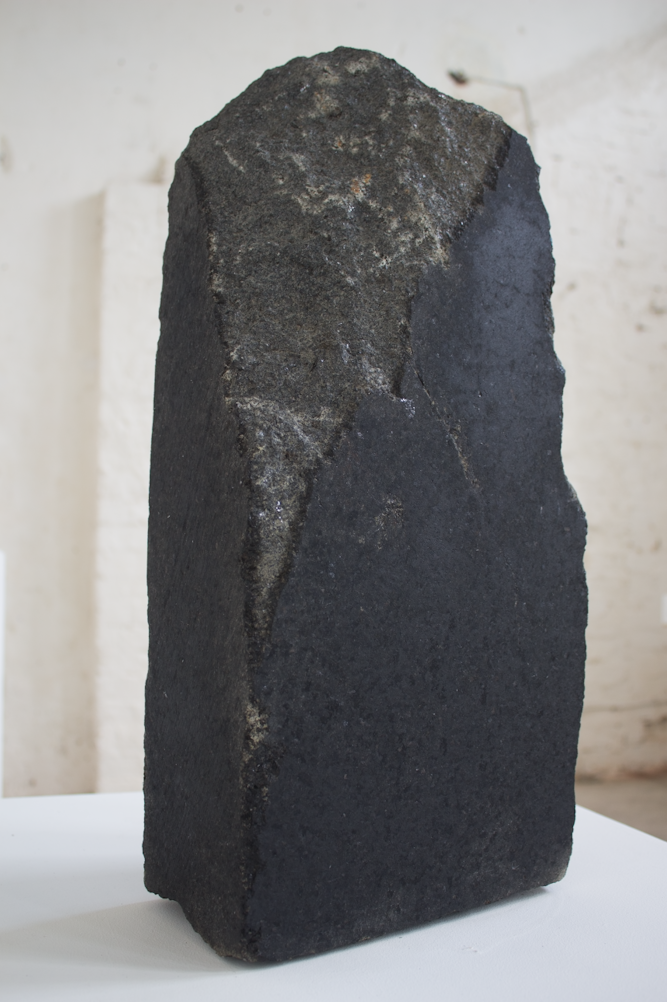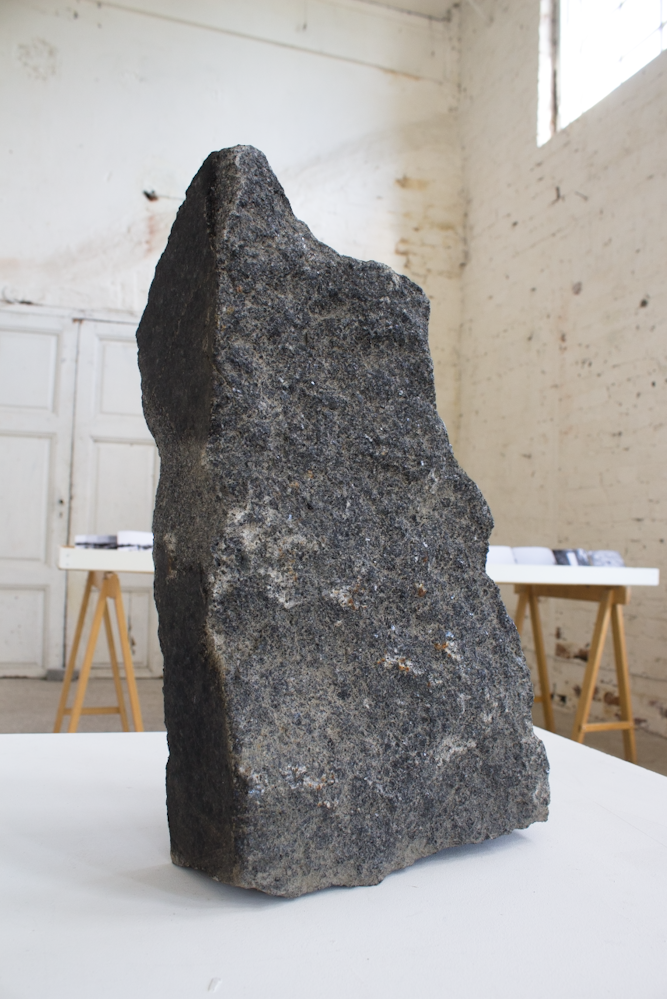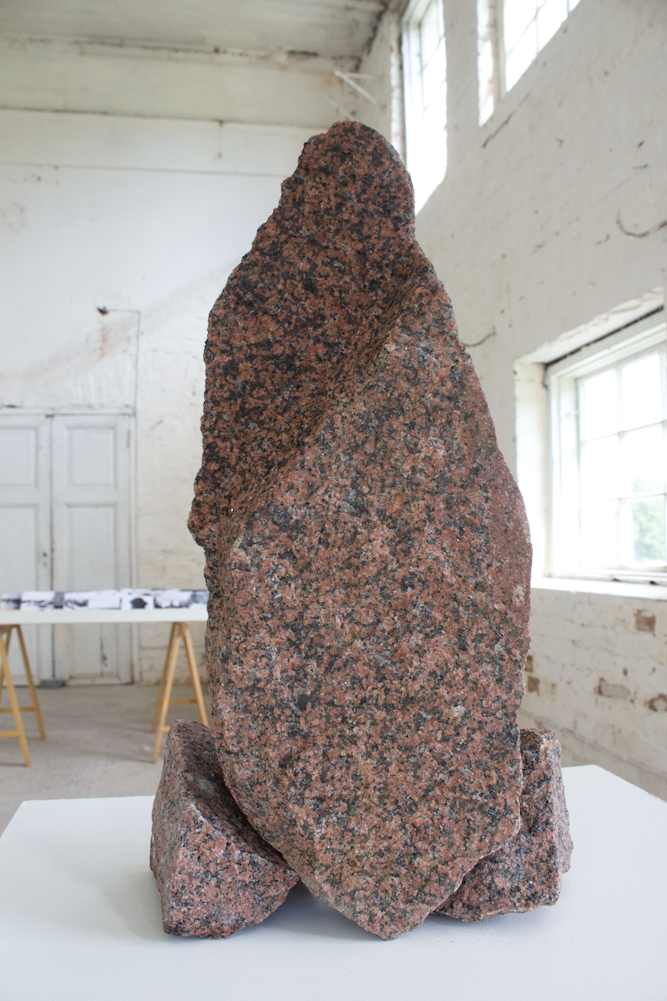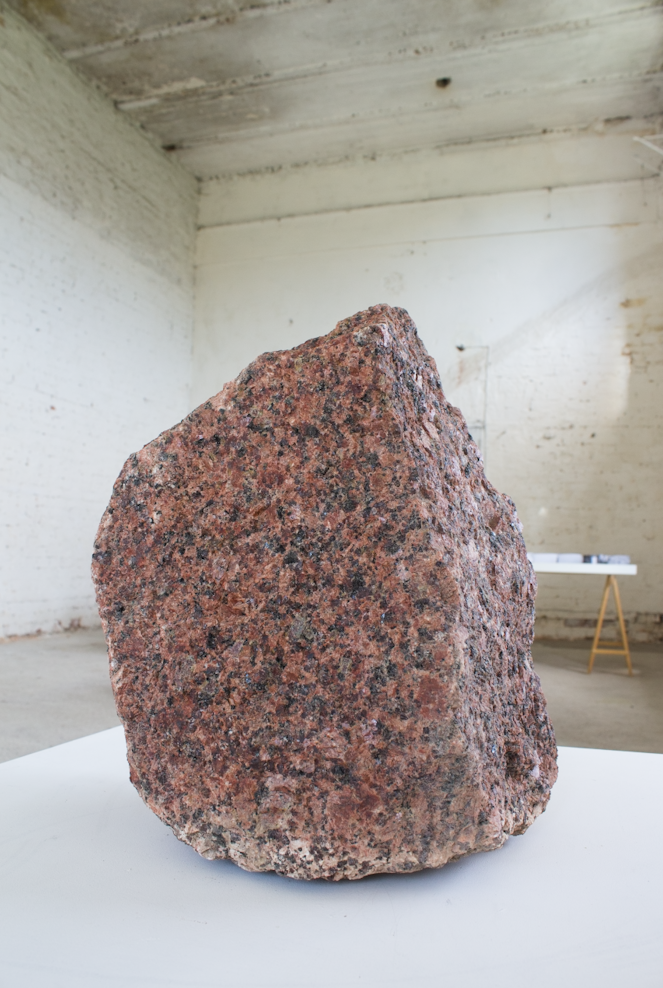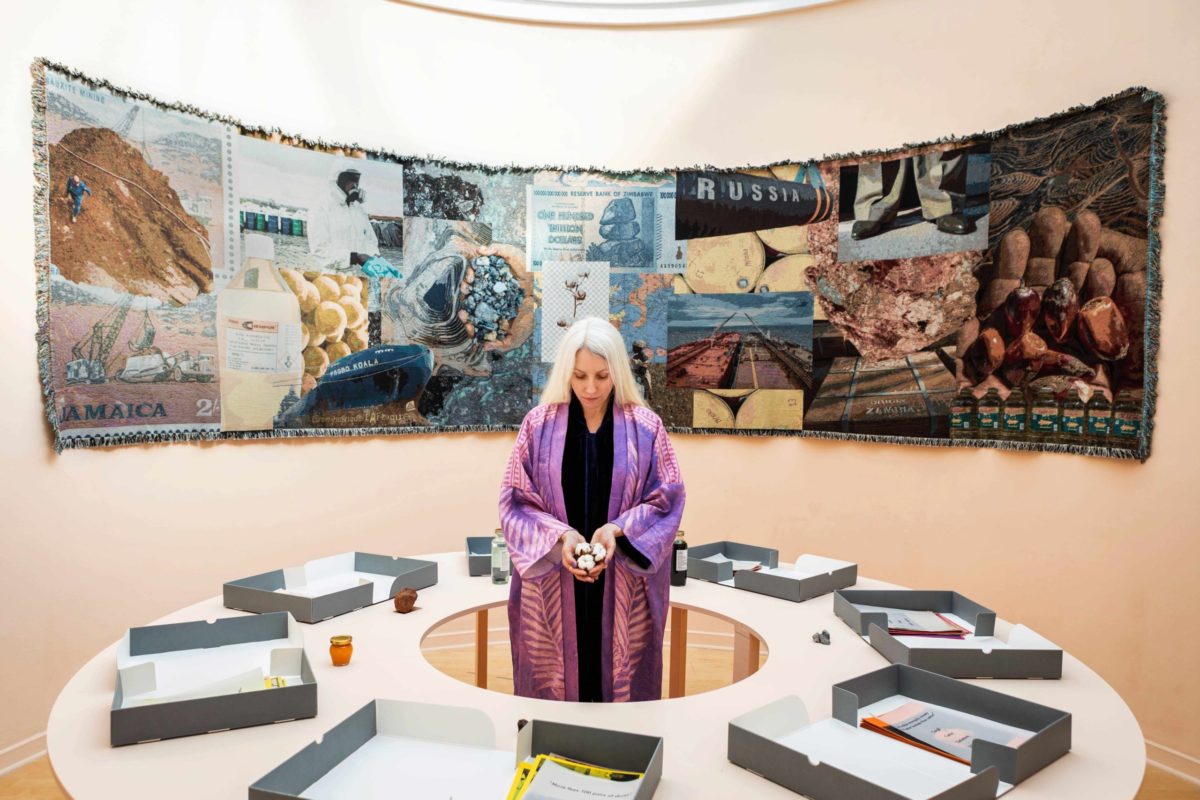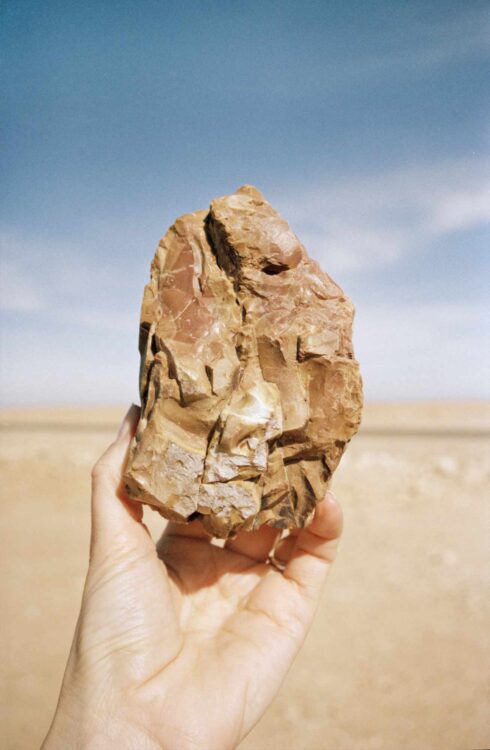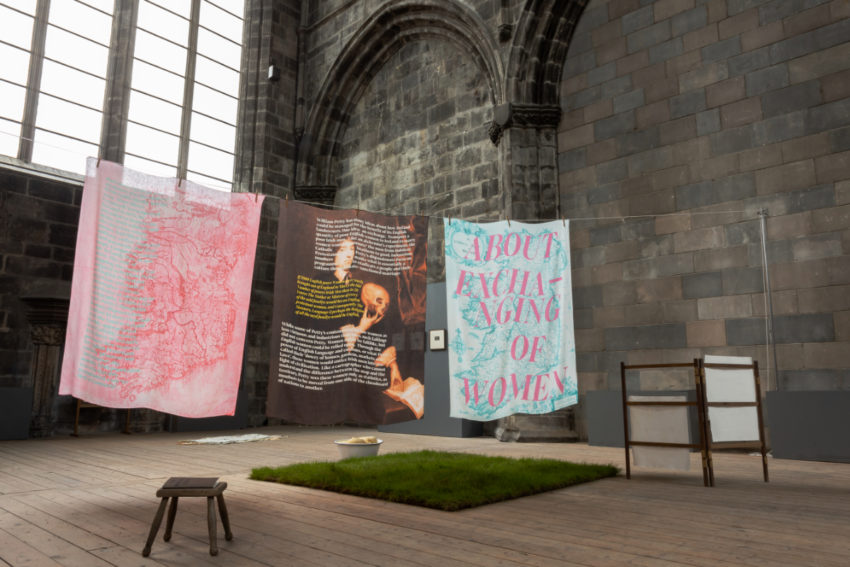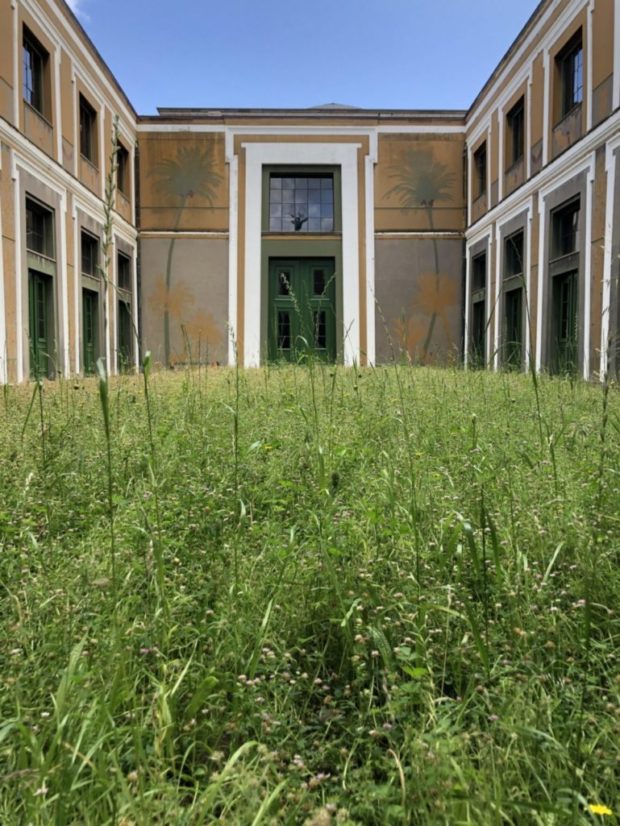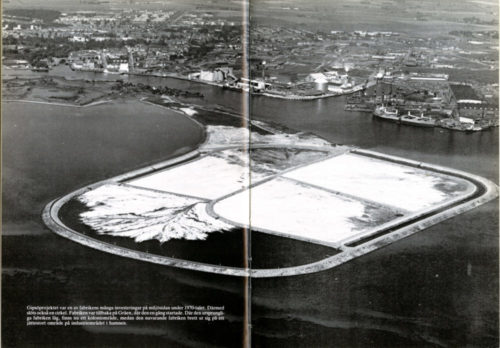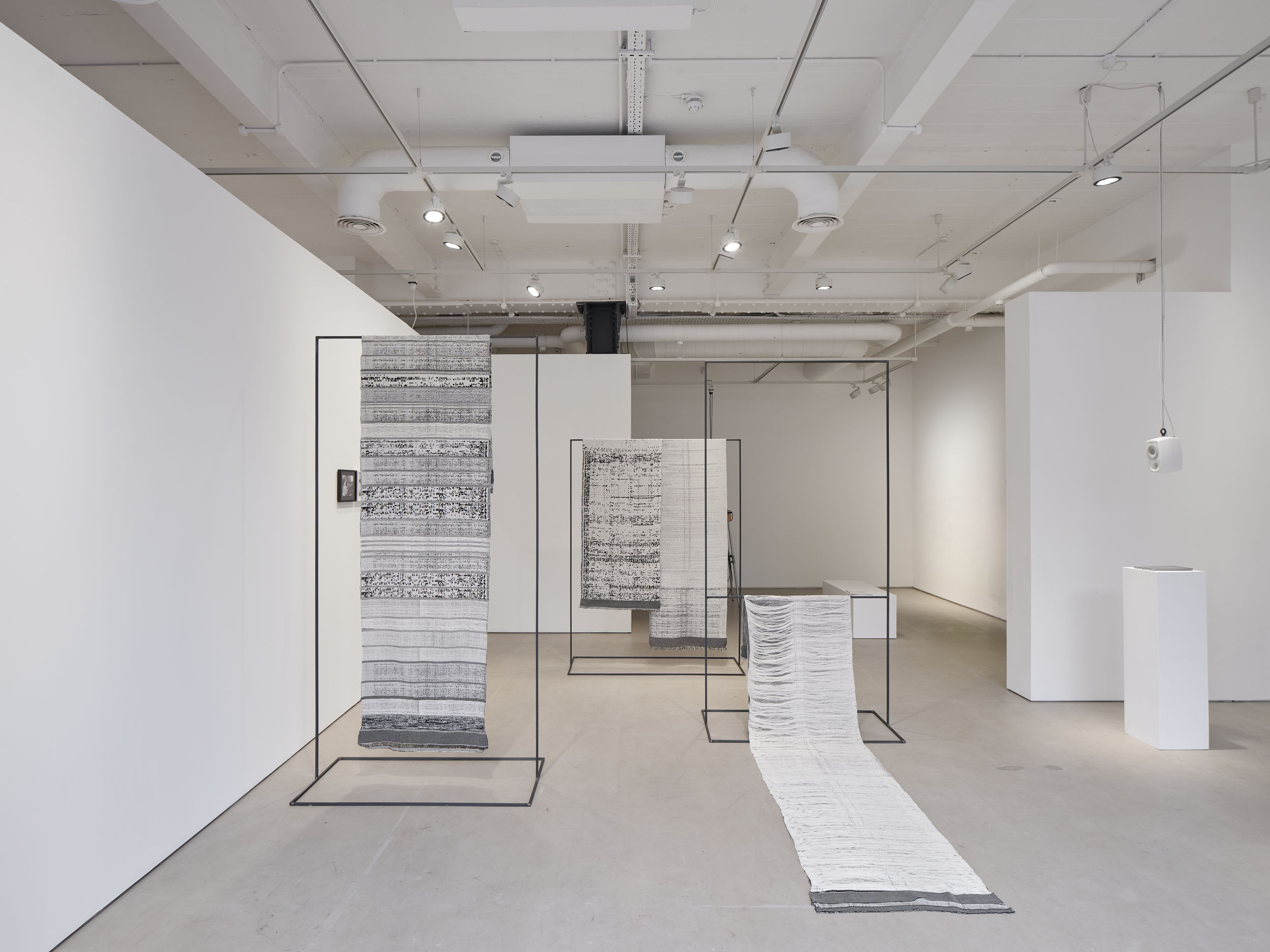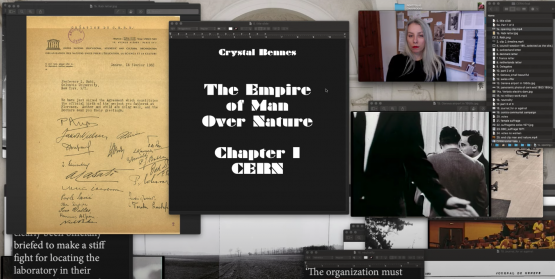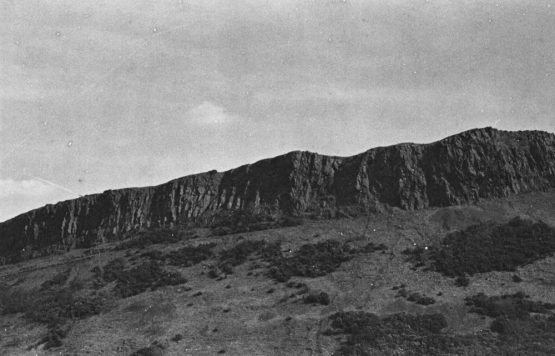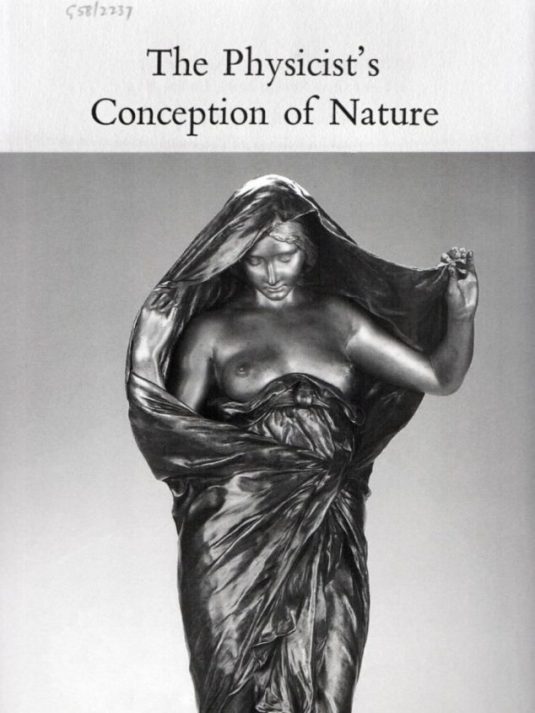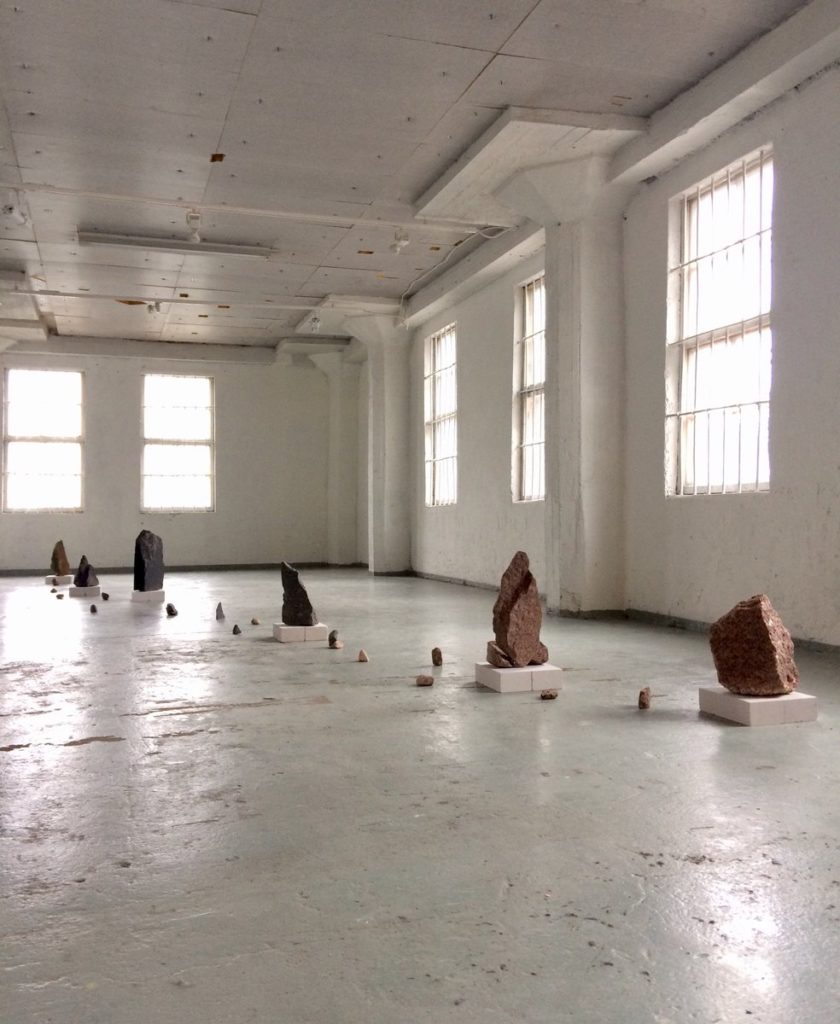
Models for Monuments to Progress (2016) various dimensions
lappia green granite, lapland black granite, sangis black gabro, korpilahti black gabro, myrskyla red granite, eagle red granite;
sourced from quarries close to Struve Arc sites
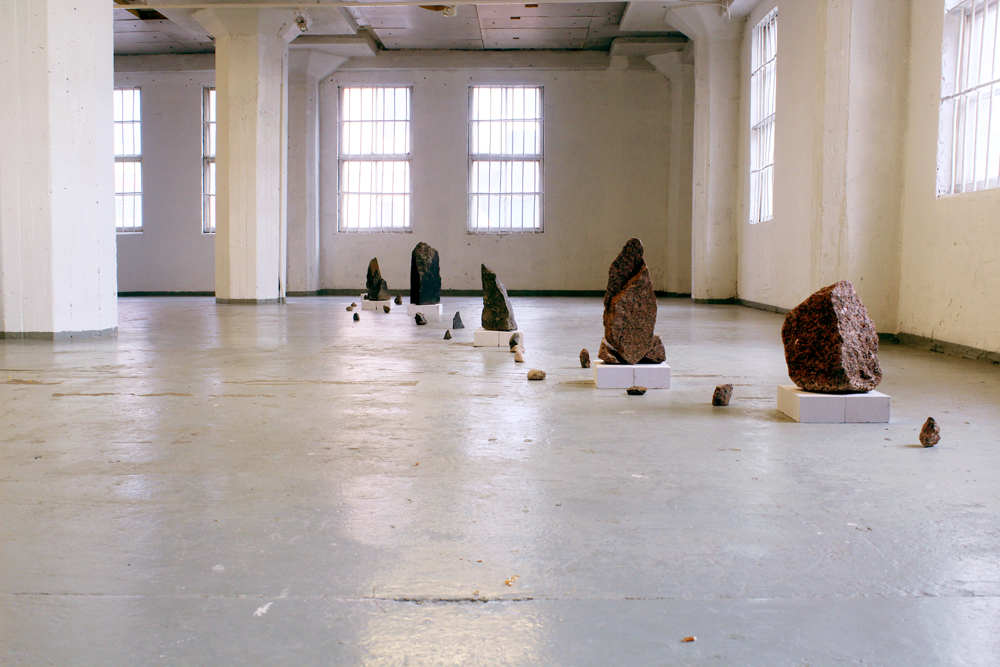
Exhibited at The Orangerie, Oitbacka Gård June 2016
& Huuto Gallery, Helsinki October 2017
Since the first scientific estimation of the radius of the earth in c. 240 BC by the Greek mathematician Eratosthenes, scientists and mathematicians have sought ever-more accurate models for the figure of the Earth. As a lens with which to examine history’s changing conceptions of progress, The Earth Is Not A Perfect Sphere takes as its starting point one of these models, the Struve Geodetic Arc – a chain of nineteenth-century survey triangulations stretching over 2,820km from Norway to the Black Sea. In Finland, the Arc partly retraced an earlier series of triangulations carried out in the 1730s by the mathematician Pierre Maupertuis, sent by the French Academy of Sciences to conclusively determine the accurate shape of the earth.
While the original series of measurements for the Arc consisted of 258 main triangles, with 265 main station points, since becoming recognised as a UNESCO World Heritage site in 2005, only 34 of the original station points have been maintained.
Carried out between 1816 and 1855 by a tea led by the German-born Russian astronomer, Friedrich Georg Wilhelm Struve, the survey represented the first accurate measuring of a long segment of a meridian. The measurements helped to establish – building upon the work done a century earlier by Maupertuis to confirm Newton’s hypothesis that the earth tapered at the poles in a spheroid shape, rather than an ellipsoid shape – the exact size and shape of the planet. Of course, today these measurements, which took nearly forty years in the nineteenth century, can today be replicated in a matter of months using modern GPS satellites, thus rendering the work of Struve and his team technologically redundant, even while its importance as a cultural artefact is retained.
During 2015 – 2016, I journeyed to the six remaining Struve Arc measurement sites in Finland, from the far reaches of Lapland to a small island in the Gulf of Finland.
Works created in response include: The Earth is Not a Perfect Sphere – a series of ceramic globes that chart our changing imaginings of the shape of the Earth; A Compendium of Progress– 14 lithographic prints that trace the shifting arguments for progress in Western society; Models for Monuments to Progress – six models for sculptures in granite sourced from sites near Finland’s Struve points to commemorate the now-redundant achievements of the 39-year undertaking; Untitled (Struve Arc: Avasaksa, Torneå, Puolakka, Porlom II), 33 hand-printed black and white photographs of Struve Arc sites; and Triangulation, nine, four-colour lithographs juxtaposing triangulation maps of a northerly section of the Struve Arc measured in the 17th, 19th and 21st centuries.
Struve Geodetic Arc sites in Finland
“Stuor-Oivi” (Stuorrahanoaivi) in Enontekiö (68°40’57”N 22°44’45”E)
“Avasaksa” (Aavasaksa) in Ylitornio (66°23’52”N 23°43’31”E)
“Torneå” (Alatornion kirkko) in Tornio (65°49’48”N 24°09’26”E)
“Puolakka” (Oravivuori) in Korpilahti (61°55’36”N 25°32’01”E)
“Porlom II” (Tornikallio) in Lapinjärvi (60°42’17”N 26°00’12”E)
“Svartvira” (Mustaviiri) in Pyhtää (60°16’35”N 26°36’12”E)
